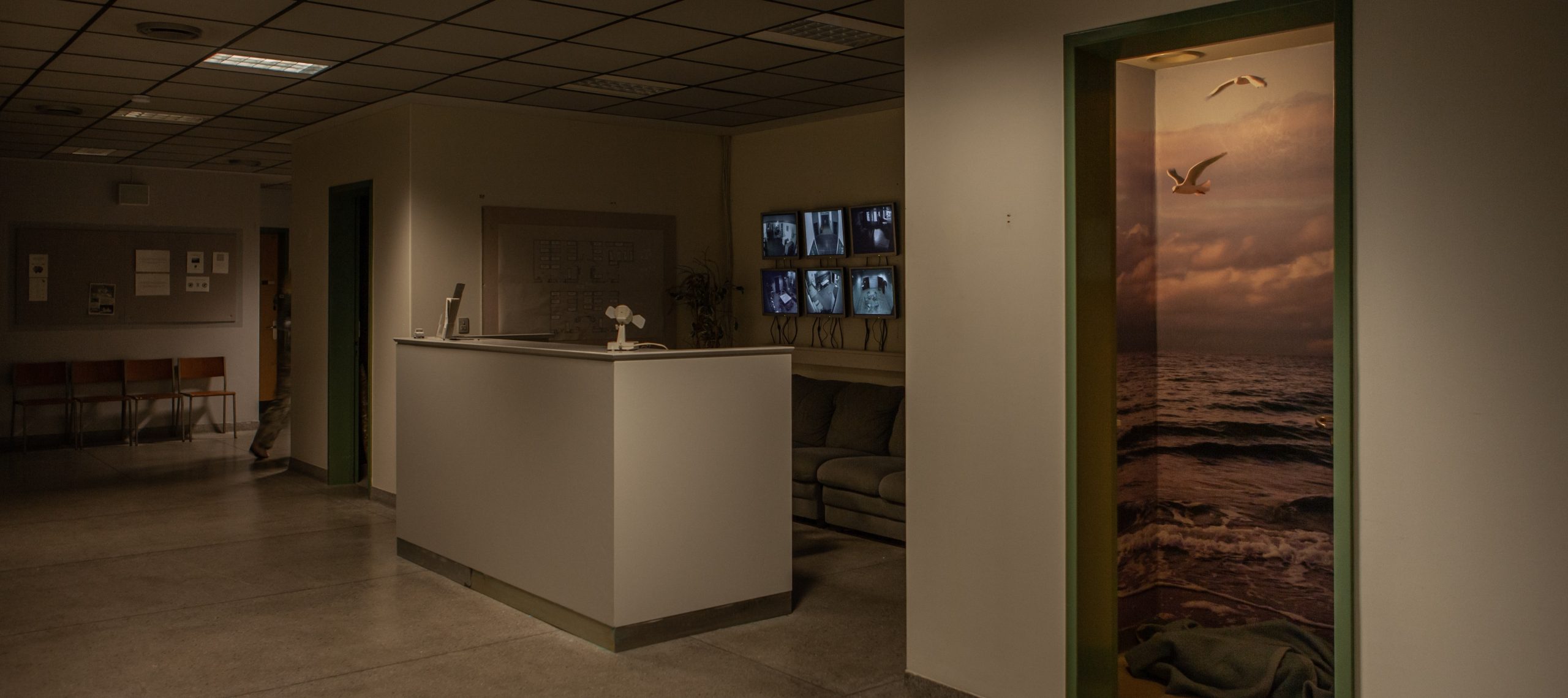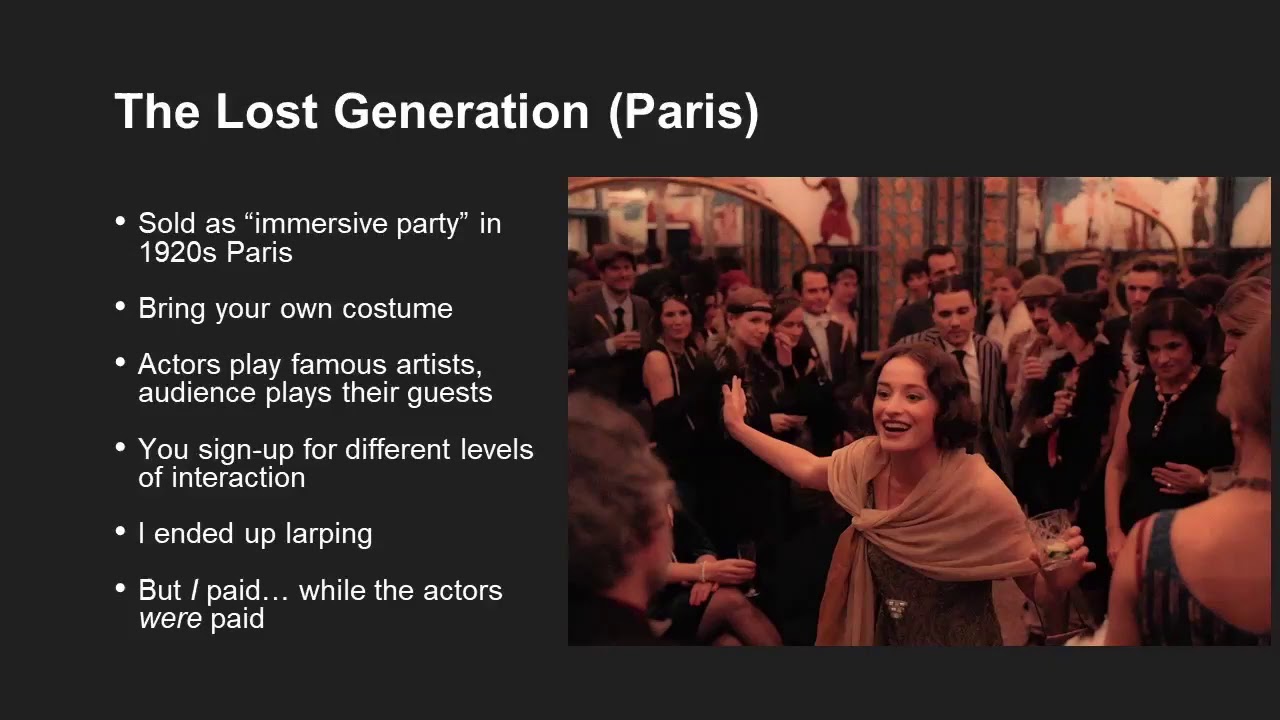Tag: Theater
-

SIGNA’s Performance Installations: Walking the Liminal Border Between Larp and Theatre
in
This article aims to look into the overlap between larp and theatre, with SIGNA’s performance installations guiding the exploration.
-

Solmukohta 2020: Is Immersive Theatre the Future of Larp?
Thomas B covers some larp-like events. Mélanie & Michael co-wrote The Lost Generation, an immersive theatre party focused on seamless narrative design.
-

Solmukohta 2020: Lindsay Wolgel – Larp/Theatre Crossover in NYC
A talk about the larp/theatre crossovers currently emerging in NYC, based on projects Lindsay has been part of in the past year as a professional actor.